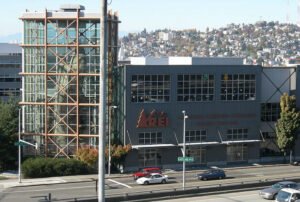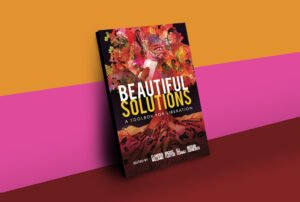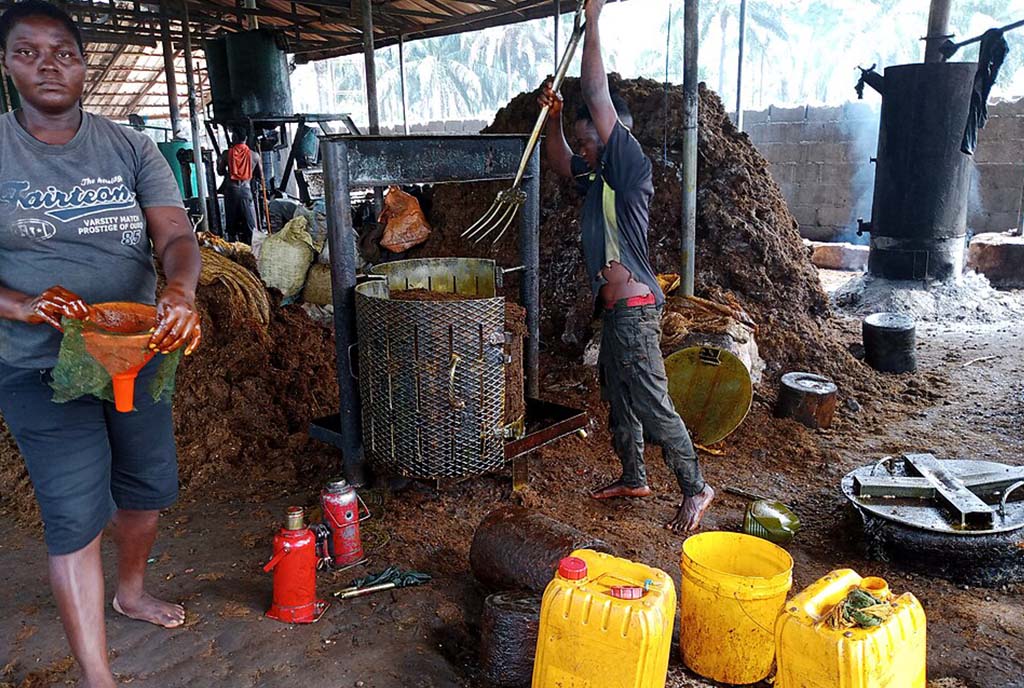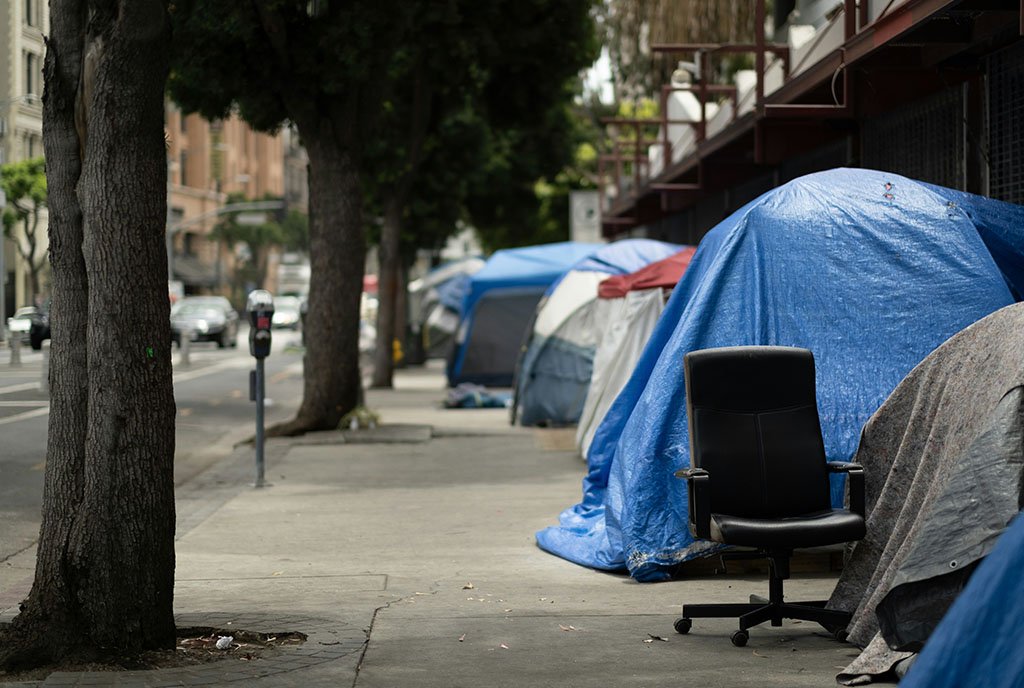
From finding and maintaining inspiration to making it all work economically, artists face no shortage of challenges. Some are tales as old as time, while others are decidedly modern. One current and unprecedented challenge facing artists is both obvious and unexpected: climate change.
As the planet warms from human-caused climate change, people are experiencing impacts in the form of nearly snowless winters, summers filled with wildfire smoke and drought, and much in between. The artists among us are experiencing these same phenomena, but less expected is the specific impact that the climate crisis is having on makers. Many makers and artists are small-business owners reliant on supply chains, source materials, and income streams that are vulnerable to climate change’s impacts.
That’s why Nest—a nonprofit dedicated to supporting more than 3,000 artisans and makers across 120 countries—has partnered with the Environmental Defense Fund (EDF), Etsy, and other collaborators to develop two comprehensive guides on climate change for US-based artisans and makers.
“It can actually be confusing which types of federal assistance programs can serve you…and how to navigate that process.”
“Our program in the US, called Makers United, is kind of a subset of that global community. It’s really focused on makers who might face disproportionate access to services—lower-income communities, rural populations, BIPOC entrepreneurs,” explains Rebecca van Bergen, Nest’s founder and director. “We really started hearing anecdotally from members of Makers United that climate was really playing a heavy role in their business.”
The small, often in-home businesses that artists and makers run can be hugely impacted by extreme and escalating weather events. Because makers sometimes operate out of their homes, their places of business can be destroyed or damaged if their homes are or they could lose their insurance. Climate issues can also cause ongoing stresses, such as changing temperature patterns, which impact how makers can gather materials or if artistic supplies are even available. Severe storms impact shipping, causing disruptions for makers who fulfill mail orders. The climate crisis also has rippling economic repercussions, which means artists may not have paying customers for their work.
But learning how to increase climate resiliency to minimize the damage of climate events, as well as how to recover from disaster, can be difficult. Especially when it comes to navigating the resources available in the wake of a disaster, the information is complex, incomplete, and fractured across local, state, federal, and private entities like insurance companies.
“For solopreneurs and microbusinesses, especially those that are home-based, it can actually be confusing which types of federal assistance programs can serve you, which would be best to serve you, and how to navigate that process,” says Carolyn Kousky, associate vice president for economics and policy at EDF.
“We know from research and experience that navigating disaster recovery can be really challenging, so we wanted to produce something that could distill all of that for an artisan so they could take it and have more of a step-by-step thing to help make it easier to go through that really challenging process,” Kousky adds. “We also know that what would be best is if people didn’t have to go through that process because they didn’t suffer really bad damages from climate disasters.”
Sign up for our free newsletters
Subscribe to NPQ's newsletters to have our top stories delivered directly to your inbox.
By signing up, you agree to our privacy policy and terms of use, and to receive messages from NPQ and our partners.
Climate Guides for Artists and Makers
Because recovery resources—and the climate itself—are constantly changing, the guides are already going through their first revision.
The two guides, designed to be as useful and actionable as possible, focus on enhancing climate resiliency, and strengthening disaster response. The EDF used its own expertise to create the climate resilience guide. For the disaster response guide, they interviewed members of the programs and entities involved with recovery support, such as the US Small Business Administration, to clarify what recovery resources are available and how to access them. FEMA also reviewed the guides to provide additional expertise.
- The Building Climate Resilience guide outlines a specific, detailed, three-step process for preparing for climate disaster: identifying hazards, inventorying and documenting assets and key business features, and assessing a business’s climate strengths and vulnerabilities. From there, the guide dives deeper into financial preparedness and how to physically prepare a home, business, or home business for loss prevention. It covers a five-step process for ensuring business continuity after a disaster and provides options for funding the whole effort.
- The Responding to Climate Disasters guide gives an overview of the available funding sources for disaster recovery and simplifies the process of navigating them with two easy-to-use flow charts and a clear four-step process. From there, the guide covers a five-step process for navigating private insurance for disasters as well as federal disaster assistance programs and Small Business Administration It concludes with a comprehensive Q&A section and identifying other possible sources of recovery support.
Once the guides were published last fall, Nest and Etsy set out to get them in the hands of makers, offering them “to Etsy sellers and millions of home-based artisans across the United States,” Etsy’s senior director of impact and sustainability, Chelsea Mozen, said in a statement to NPQ. “We are excited for the positive impact these guides can have for the maker community at large.”
Because recovery resources—and the climate itself—are constantly changing, the guides are already going through their first revision. At the same time, Nest and Etsy are working to expand their climate outreach efforts through a localized database that can offer more customized information than the guides, which are intended for a more general audience.
“We’re building out a public-facing, larger database where you can search by region and climate disaster type and find a lot more resources,” van Bergen says. “We’re really excited to be continuing to build on the work and dig in even further.”












